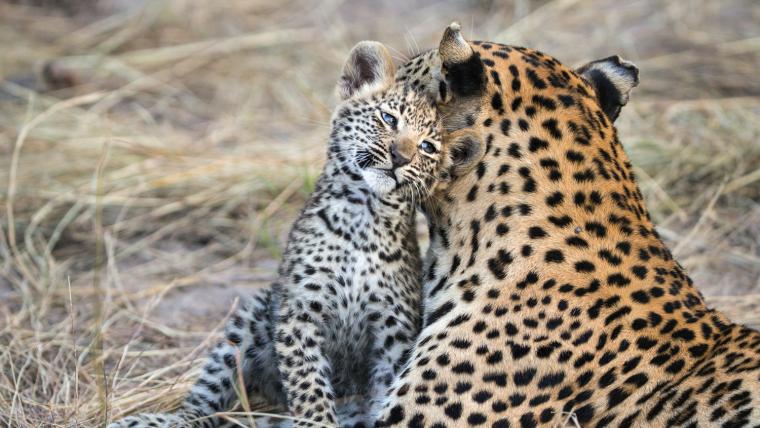
Why the bond between a leopardess and her cubs is essential for survival
There’s a resident cat at the Tubu Tree Camp in the Okavango Delta. She’s bigger than the average household pet, and she’s not particularly friendly towards humans. This could be the result of a bad temperament, although staff say it’s probably because she’s shy. But it’s suggested that guests don’t touch her for their own safety. That’s because she’s a leopard.
Located in the Jao Reserve, Tubu Tree Camp is known for its big cat sightings. This particular leopard grew up near the camp, safe from the danger of poachers. She’s by no means domesticated, but the camp falls under her territory where she knows there is no threat to her or her cubs. A leopardess will protect her young by keeping them hidden until they are strong enough to look after themselves. The resident female at Tubu Tree Camp defied all expectations when she hid her cubs in the guest bathroom. It was a rare occurrence, but she did it for their safety.
The wild is a brutal place, and the mortality rate for a defenceless cub is over 50%. Other predators like lions and baboons exploit any vulnerability of the cubs in an attempt to secure territory and remove competition. Growing up, cubs depend on their mothers to protect them from other animals and teach them vital hunting skills.
The leopardess at Tubu Tree Camp has a mutual understanding with the staff and guests, and coexists peacefully with humans. Here, she has created a place of safety for her cubs, away from poachers and predatory animals. The bond between mother and child is sacred, and in the animal kingdom it’s essential for survival.
Footage by Suzi Eszterhas Wildlife Photography and Wilderness Safaris was used in the creation of this film.
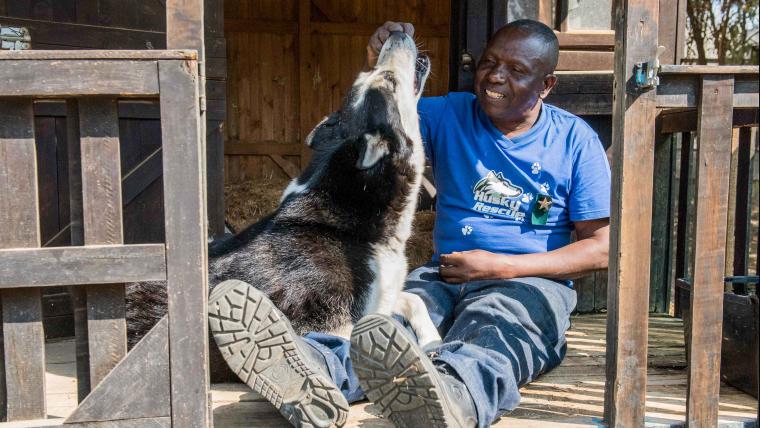
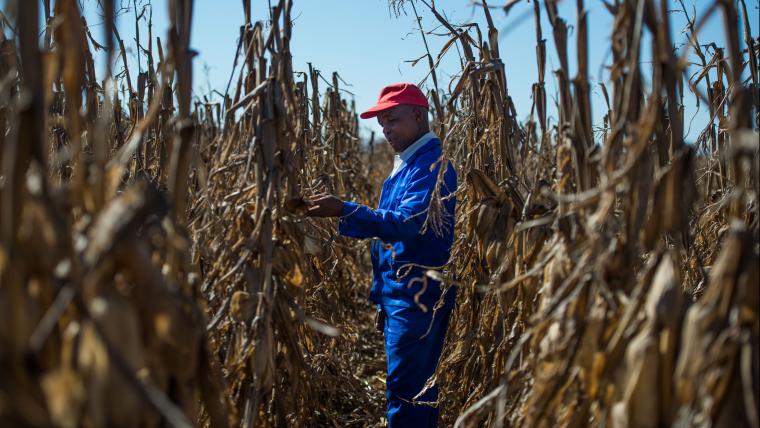
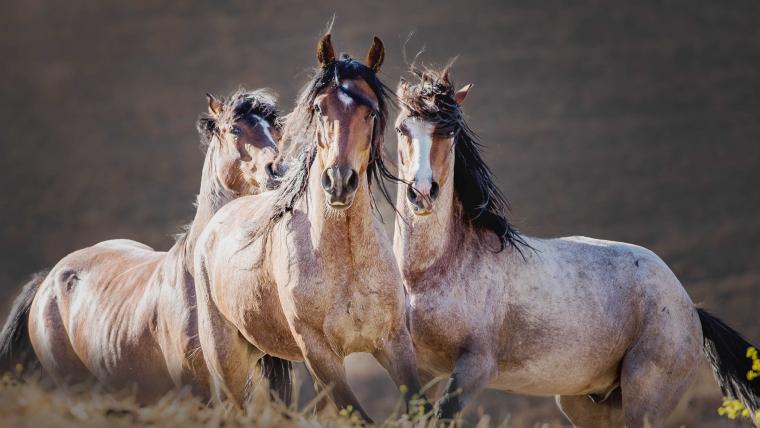
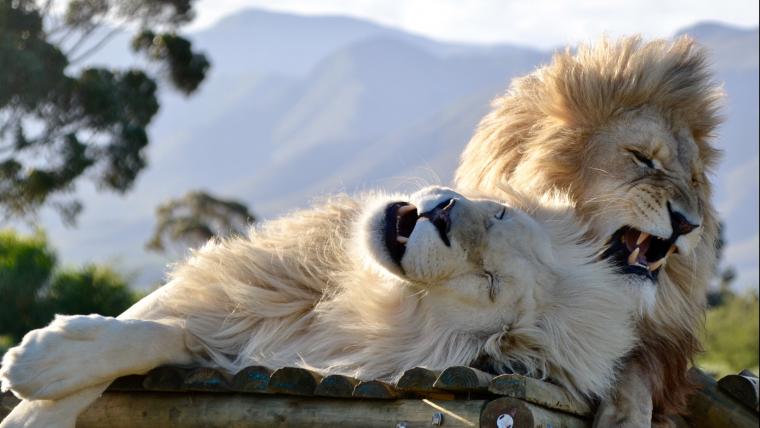
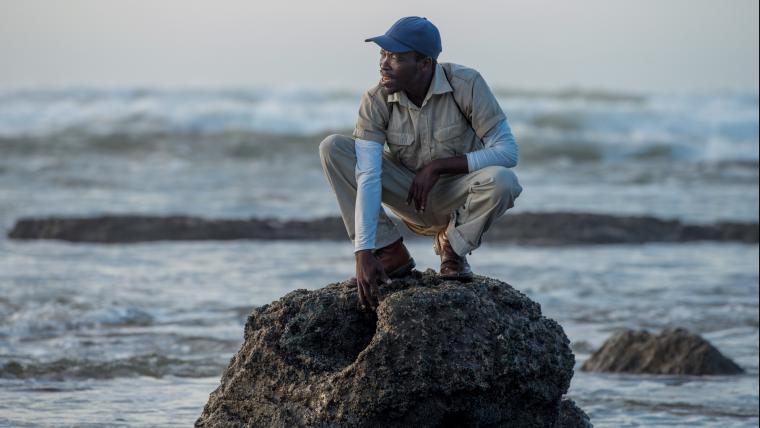
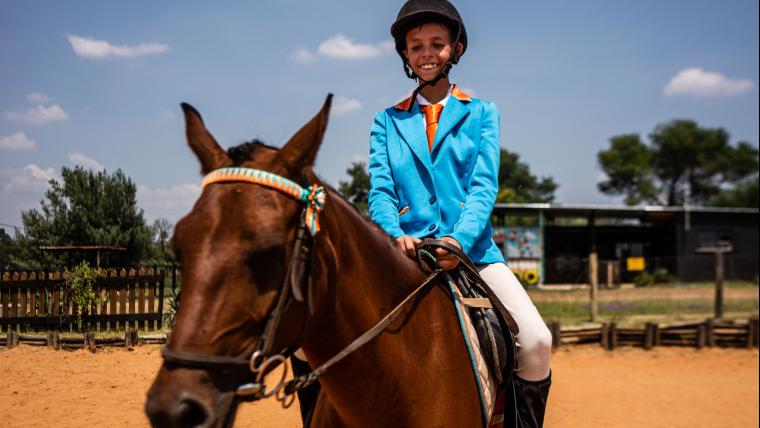


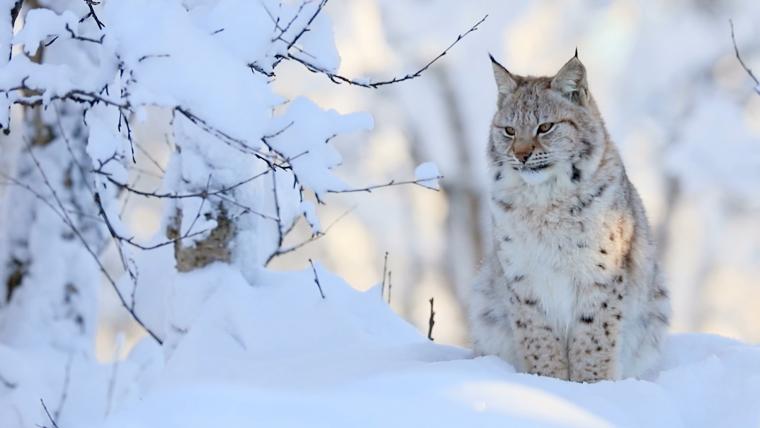





















Please sign in to leave a comment